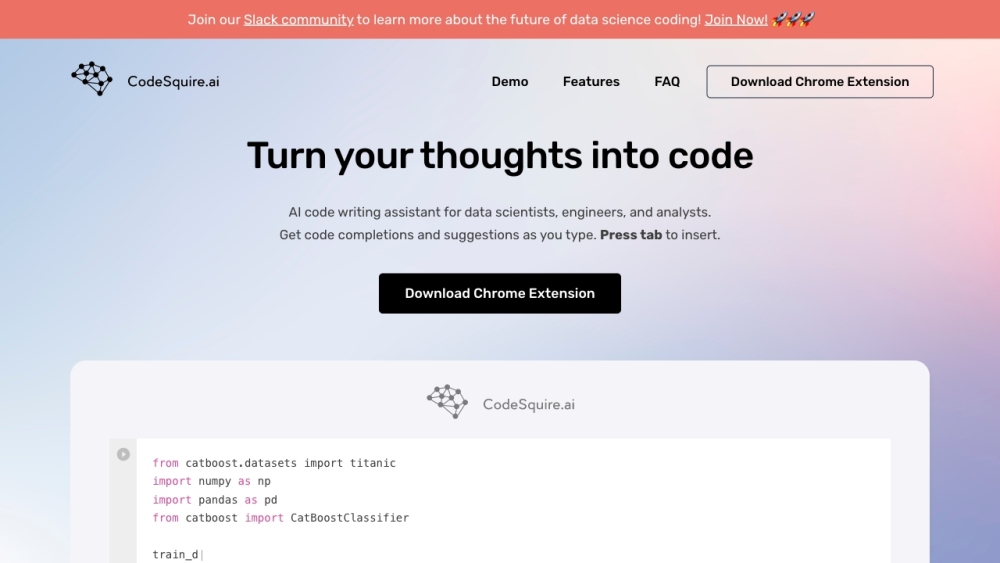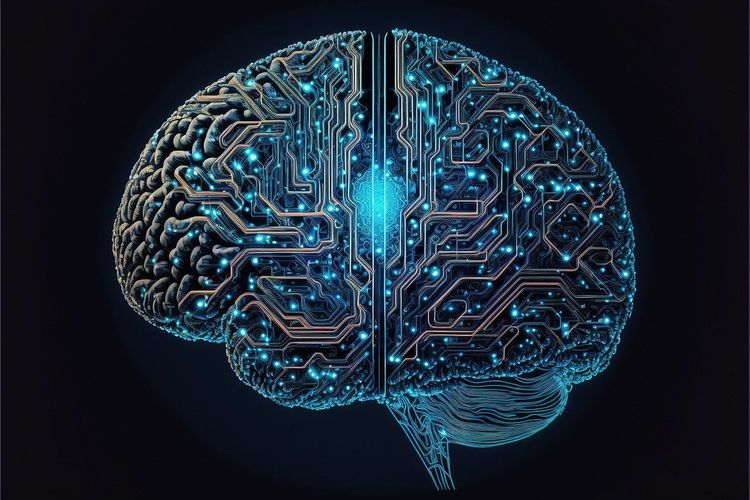On June 15, China Agricultural University introduced the innovative "Fan Li Model 1.0," the nation's first comprehensive fisheries model. This groundbreaking framework enhances data collection, cleaning, extraction, and integration in the aquaculture sector, aiming to deliver precise, intelligent support to aquaculture professionals, managers, and policymakers.
Transforming China's Aquaculture Industry
As a global leader in aquaculture, China faces a pressing need for industry transformation. In 2023, the country's aquaculture production reached 58.12 million tons, accounting for over 60% of worldwide output and providing high-quality animal protein to a significant portion of the population. However, challenges such as low resource utilization and workforce productivity call for a substantial overhaul of the industry.
Professor Li Daoliang, the chief designer of the Fan Li Model and director of the National Digital Fisheries Innovation Center, highlighted key challenges: "With a variety of aquaculture species—like fish, shrimp, crabs, shellfish, sea cucumbers, and algae—developing a unified production model is extremely complex. Additionally, the industry faces an aging workforce, where labor costs make up about 70% of expenses. The average age of workers is 55, and younger generations are often reluctant to pursue traditional farming roles, increasing the need for artificial intelligence support."
Advancing from Aquaculture 1.0 to 4.0
Aquaculture has progressed from the manual labor-intensive 1.0 stage to the tech-driven 4.0 phase, characterized by the integration of the Internet of Things (IoT), big data, artificial intelligence, and robotics. Professor Li explained, "While Aquaculture 1.0 relied on manual tools, the 2.0 stage introduced mechanization. The 3.0 era saw automation and computerized processes, and today, 4.0 signifies a move to fully automated farming."
Despite these advancements, China's adoption of related technologies in aquaculture is still limited. The challenge lies in effectively implementing technology across various species and farming environments, as the development of accurate mechanistic models can be challenging due to significant biological variations.
Understanding the "Fan Li Model 1.0"
The term "large model" in this context refers to machine learning models with vast parameters that can analyze extensive aquaculture datasets using deep learning techniques. These models can simulate and predict how variables such as water quality, feed, and diseases impact farming outcomes, ultimately optimizing production strategies for enhanced efficiency and profitability.
"As the aquaculture industry evolves, large models like the Fan Li Model are essential for supporting development," Professor Li noted. His team is collaborating with major telecommunications companies and leading aquaculture research institutions to compile a comprehensive database for 27 key aquaculture species in China, utilizing various data forms—text, images, videos, and audio—to drive effective data integration.
"This model generates valuable aquaculture insights and predictions across multiple areas, including water quality, feed management, and disease control," emphasized Professor Li.
Heritage Meets Innovation
The Fan Li Model 1.0 pays tribute to Fan Li, a pioneering figure in Chinese aquaculture who authored "The Art of Fish Farming" over 2,500 years ago. The model consists of four modules—text, speech, video, and IoT decision-making—providing users with diverse applications for aquaculture management. To improve monitoring of fish health and weight—typically a labor-intensive task—a computer vision model has been developed for real-time estimation of fish weight. This employs advanced imaging techniques and deep neural networks for accurate, non-invasive assessments.
Looking Ahead
Currently in its 1.0 phase, the Fan Li Model is set for future progress. Professor Li expressed, "The integration of artificial intelligence in smart fisheries is extensive, profound, and a long-term endeavor. The collaboration among telecommunications, research institutions, aquaculture businesses, and farmers is crucial for effective development and application, ensuring artificial intelligence creates a measurable impact."
The successful rollout of the Fan Li Model has the potential to significantly reshape the future of aquaculture in China, paving the way for a more sustainable and efficient industry.





